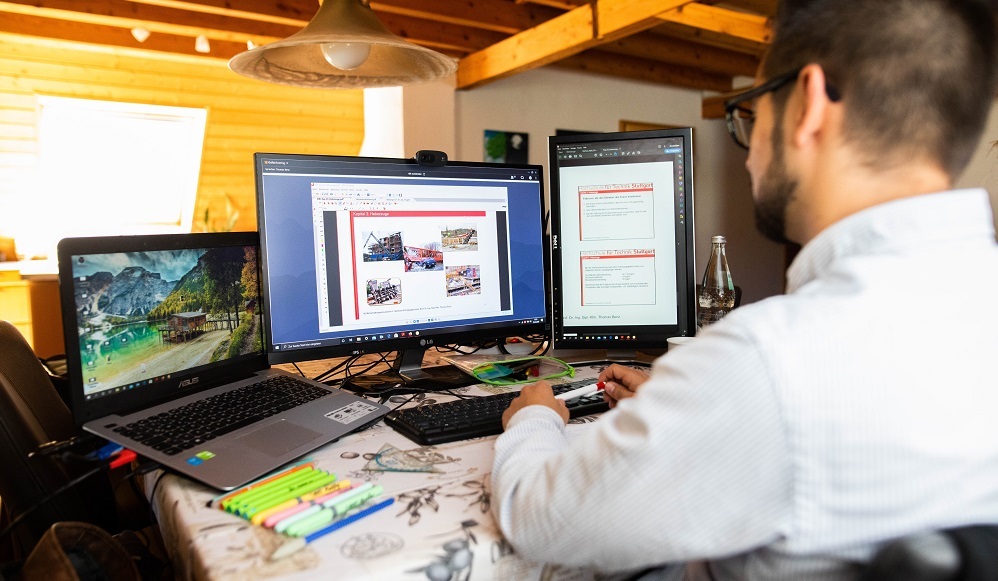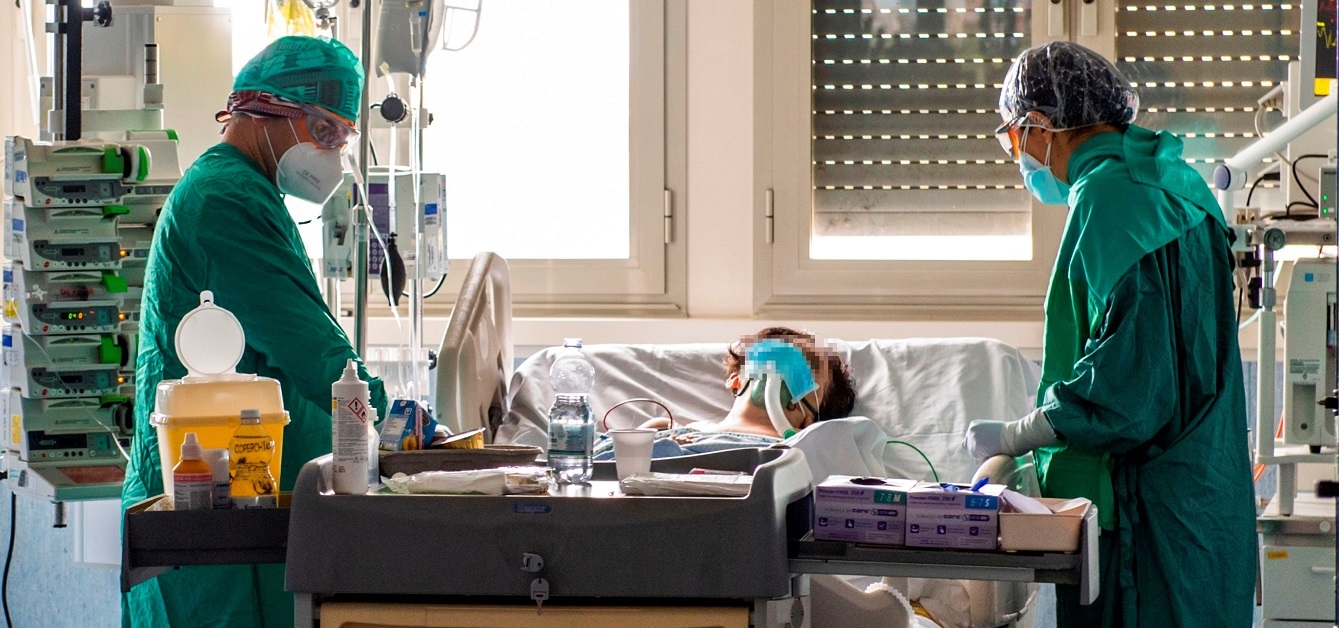This crisis has been devastating to those who have paid the highest possible price and their loved ones who have lost a dear family member or friend. The crisis has been harsh for the world economy, but we will get back on our feet.
Will we learn anything from this crisis?
What will the future look like? Have we learned anything? Will we change the way we live our lives? Or will we just return to our hamster wheels?
Numerous influential people have recently reflected upon the possibilities of some changes that might come in the aftermath of this crisis.
Inequality
Within most societies, as well as between different societies, there is a stark contrast between rich and poor. As Thomas Piketty points out in his book “Capital in the Twenty-First Century” (2013), this gap will continue to increase as the rate of capital return is persistently greater than the rate of wage growth.
Piketty now gets support from Morgan Stanley, an organisation not usually associated with social justice crusades.
The coronavirus pandemic has exposed large differences among workers around the globe. Looking at the US, for example, highlights that “we are all in this together”, is just working in the Gucci commercial. The high paid white-collar workers with fixed benefits feel secure about their incomes from their home offices. On the other hand, we have the “critical” workers such as personnel that care for children, disabled and elderly or factory workers who provide us with food and other necessities. These are all low-income occupations with little flexibility and fairly low job security.

Morgan Stanley recently released a captivating note that points out that the increasing prominence of these inequalities will create pressure for companies to improve and enhance the safety net offered to employees and workers. They predict that pressure will come from workers, regulators as well as investors. The last group has had an increasing focus on ESG in recent years and are expected to further strengthen the focus on stakeholder interest and not only shareholders’ interests.
Inflation
“Inflation in the rich world resembles a fairy-tale beast. Older members of society frighten younger ones with stories of the creature’s foul deeds, but few serious people expect to see one and some doubt it ever existed.”
The quote is taken from the latest edition of The Economist and highlights the complacent attitude most people have about inflation. However, there are several reasons for more volatile prices going forward.
A potential deglobalisation after the pandemic has abated is already a hot topic. Being self-sufficient is suddenly in vogue. Higher production costs might well be accepted as this will also create jobs locally and maybe reduce some of the fore-mentioned inequality.
Inflation in the rich world resembles a fairy-tale beast...
Printing of new money is another possible reason for inflation going forward. Inflation is, as we know, just more money chasing the same goods and services. When governments and central banks are launching large stimulus packages and asset purchasing programs, inflation seems more than likely when the lockdown situation is reversed.
Oppositely, austerity is also a word that has started to circulate in the press. The debt burden, which ultimately led to the Great Financial Crisis, has not become any smaller. On the contrary, it has grown and been somewhat redistributed towards corporations and national states. The elephant in the room, the US Federal debt, is now standing at almost 114% of GDP (not adjusted for the current corona crisis). This equal close to USD 200 000 per taxpayer!! An ageing population will put further pressure on the ability to service debt in the future.
There are numerous ways to pay down the debt, but my personal “favourite” is what is known as “Financial Repression”. The concept was used throughout the western world after WWII. In short, this involves high employment, higher inflation and forced saving in government bonds with negative real rates for a longer period.
Climate Change
The Great Lock Down of 2020 has at least reduced the CO2 emissions in the world. In a recent analysis from Goldman Sachs the estimated reduction is over 5 % compared to last year, depending on the length of the lockdown. Great news! Or is it? The IPCC writes in their report from 2018 the following:
The report finds that limiting global warming to 1.5°C would require “rapid and far-reaching” transitions in land, energy, industry, buildings, transport, and cities. Global net human-caused emissions of carbon dioxide (CO2) would need to fall by about 45 per cent from 2010 levels by 2030, reaching ‘net zero’ around 2050.
As we are well aware of, the CO2 emissions have so far just gone up. Furthermore, China will build another 900+ coal-fired power plants the next decade. All with an expected lifespan of more than 40 years.
A 5 % annual reduction in CO2 emissions should be expected to be the new normal and not an exceptional event. Of course, the emission cuts will be done in a different way than an economic shut down of the global society. However, the corona crisis effect on the climate gives us a fairly good idea of the tasks lying ahead of us.

Mark Carney, former governor of the Bank of England now climate advocate, writes it more elegantly in the Economist;
After the COVID-crisis, it’s reasonable to expect people to demand improvements in the quality and coverage of social support and medical care, greater attention to be paid to managing tail risks, and more heed to be given to the advice of scientific experts.
The great test of whether this new hierarchy of values will prevail is climate change. After all, climate change is an issue that (i) involves the entire world, from which no one will be able to self-isolate; (ii) is predicted by science to be the central risk tomorrow; and (iii) we can only address if we act in advance and solidarity.
Some last words
In this blogpost I have touched upon a few topics of interest, but there are many more we try to stay informed about. To become a good investor your horizon must be much wider than a spreadsheet with accounting numbers. After all, the financial markets just reflect the health of the underlying real economy that ultimately consists of people.
Wish you all the best.
Disclaimer: Nothing contained on this website constitutes investment advice or other advice, nor is anything on this website a recommendation to invest in our Funds, any security, or any other instrument. The funds mentioned may not be available in the markets you represent. The information on this blog is posted solely based on sharing insight to make our readers capable of making their own investment decisions. Should you have any queries about the investment funds or markets referred to on this website, you should contact your financial adviser.
Last updated:


Share: